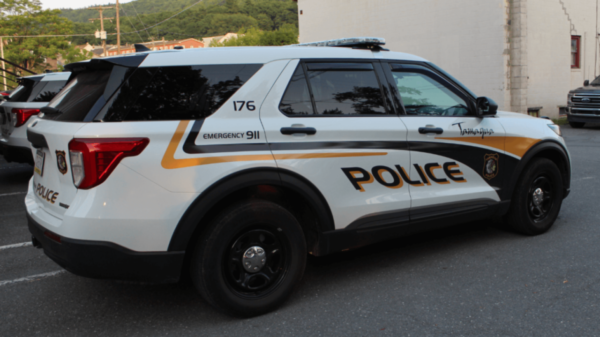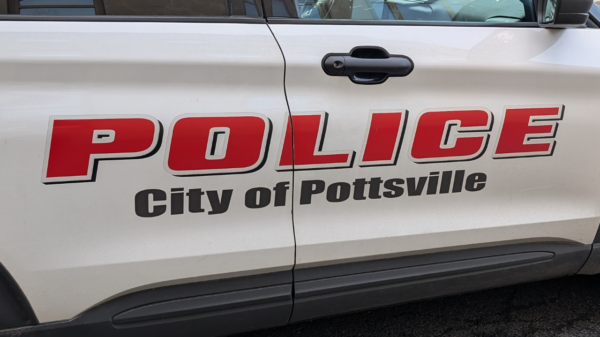Police in Schuylkill County are investigating a report of counterfeit money being used at a yard sale recently.
According to information from State Police in Frackville, the yard sale organizers in Kline Township reported around noon Sunday that someone – described as an unidentified white man – used a pair of bogus $10 bills to pay for items at their sale.
Police determined that the money was, indeed, funny. Their investigation into this incident is ongoing.
5 Ways to Detect Counterfeit Currency
Detecting counterfeit currency is not easy sometimes. Scammers get more sophisticated by the day. And the less we see cash in our everyday lives, remembering how paper money looks and feels makes it more difficult.
Luckily, there are tools – some rather inexpensive – to make it a little easier. And there are things you can do to see if money you’re exchanging or given is fake. Here are five common methods to determine if currency is counterfeit:
- Visual Inspection:
- Watermarks: Genuine banknotes usually have watermarks that are visible when held up to the light. Counterfeit bills may lack this watermark or have a poorly replicated version.
- Security Threads: Most modern banknotes have a security thread embedded into the note, which can be seen from both sides when held against light.
- Microprinting: Some banknotes feature tiny letters and numbers that are hard to reproduce using standard scanning and photocopying methods.
- Holograms: Some higher-denomination bills contain shiny, holographic images which can change appearance when tilted.
- Texture and Material:
- Genuine banknotes are often made from specific materials (e.g., cotton and linen blend or polymer) that give them a distinct feel. Counterfeit money might feel different or have inconsistencies in texture.
- Ultraviolet (UV) Light:
- Under UV light, many banknotes will display fluorescent numbers, patterns, or threads that aren’t visible under normal light. Counterfeit bills may not have these features or may glow entirely under UV light.
- Magnetic Ink:
- Some banknotes use magnetic ink for certain parts of their design. Using a magnetic ink detector, one can determine whether the bill has the correct magnetic properties.
- Pen Test:
- There are special counterfeit detection pens available in the market. When the pen is used to mark genuine bills, the mark will turn amber. On counterfeit bills, the mark will turn black or dark brown. However, this test is not foolproof. Some counterfeiters have found ways to treat paper to pass the pen test.
In addition to these methods, modern banknotes often feature other advanced security measures such as color-shifting ink, raised printing, and more. When in doubt, compare a suspected counterfeit note with a known genuine one, and contact local authorities or the issuing bank for further verification.
Image: Canva
Subscribe to Coal Region Canary
Get email updates from Coal Region Canary by becoming a subscriber today. Just enter your email address below to get started!Support Coal Region Canary
Like our reporting and want to support truly local news in Schuylkill County? Your small donations help. For as little as $5, your contribution will allow us to cover more news that directly affects you. Consider donating today by hitting the big yellow button below ...
































